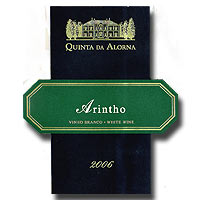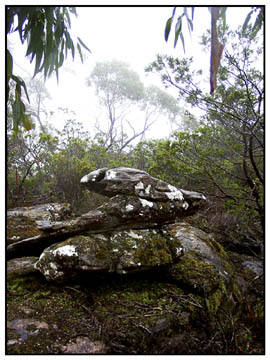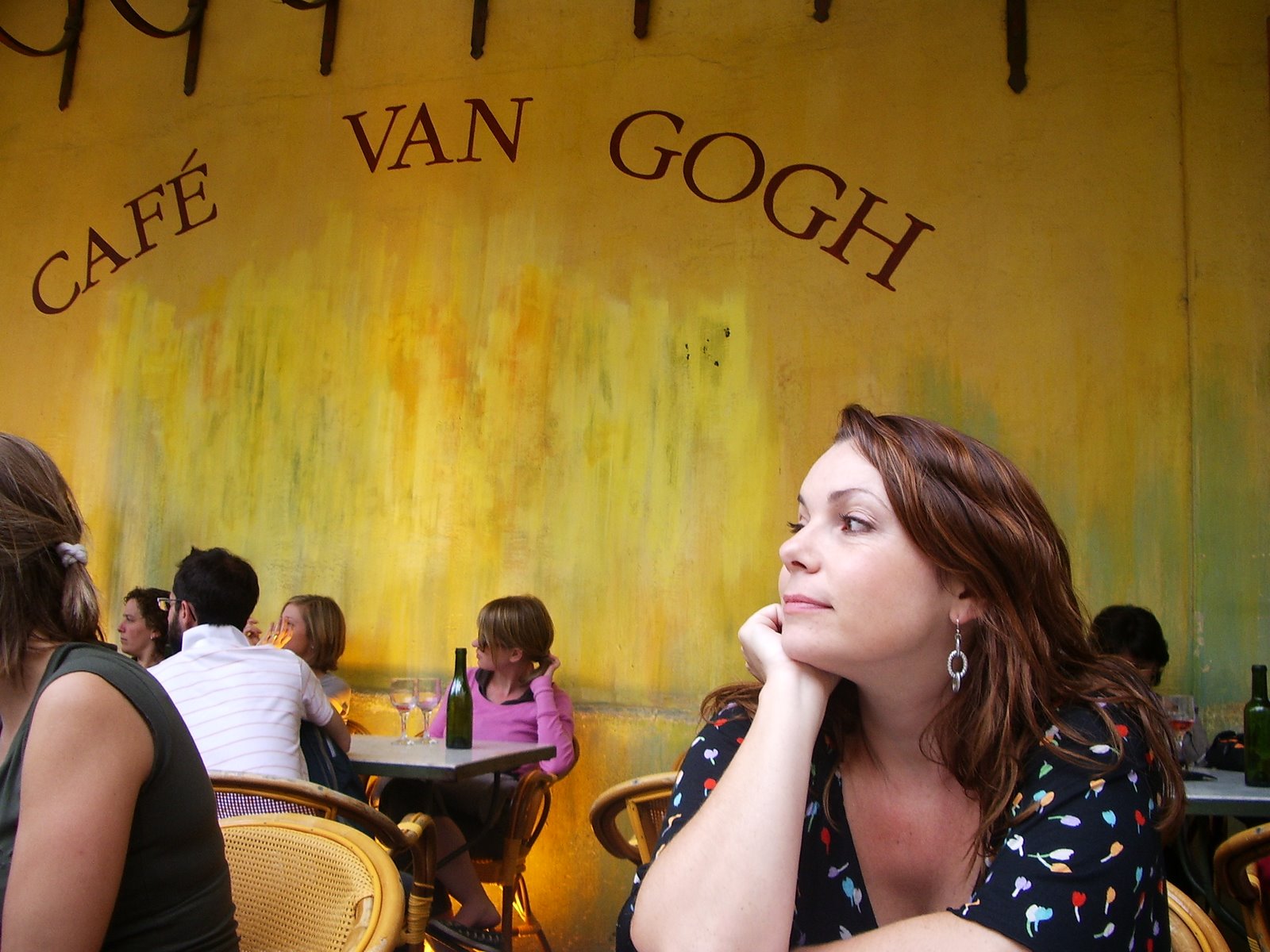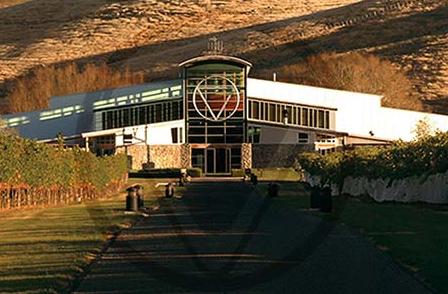Hailing from the Southwest originally, my family was more likely to head across the border to Mexico for vacation than trek northward. And yet now that I'm living in Boston and the Canadian border is not terribly far away, I've never been. That's not to say I haven't heard of the wonderful wines they are producing - particularly their ice wine. Yes, note the operative words: "heard of". From what I understand, it's impossible to buy Canadian wines here in the US. I'm not sure if this is just wrapped up in legalities on either side of the border or if there just isn't enough wine to go around. Perhaps a little of both. Needless to say, it seems Canada is a sneaky, sleeping giant when it comes to wine. In the western most region of the country, British Columbia, they experience a climate much like our own Washington State. Lake Okanagan keeps winter freeze at bay and otherwise there are parts of BC that are so dry it could be considered a desert. The summer temperatures are much more reasonable than you might expect and, in fact, allow some great early-ripening grape varietals to thrive. Not to mention the fact the acidity in their wines are destined to be high - yea refreshing, clean, wines (think New Zealand)!
On the other side of the country Ontario is an ever up-and-coming region in itself. Ice wine (aka "liquid gold") is a guarantee every year. It is a semi-continental climate in those parts, with fantastic support (i.e. more temperate conditions) offered by the vast lakes in the region. Vines do surprisingly well, particularly those producing varietals like Riesling. Pinot Noir is considered a grape with great potential in the Price Edward county, where limestone soil is a natural partner for the Pinot family.
Why is Canada on my radar today, this News/Events/Trends Friday? Well, Wines & Vines reported this week the Canadians are banding together to get their wines ready for export. They don't produce much, but what they do produce is noteworthy. They are eager to become more of a player on the international wine stage. Check out the article to learn the latest first hand.
What's your knowledge of Canadian wines? Have you been so lucky to have a sip?



 Portugal
Portugal
 savor, swallow - I had a really hard time discerning when a wine offered minerality and when it just had nice acidity. To my beginner palate, the mouthwatering juices in my mouth were one in the same with a wine with a little 'bite', if you will. I found I struggled with this concept when tasting white wines more often than reds. Many whites offer crisp, citrusy flavors. I associated this crispness with minerality. But when I really got the hang of tasting - whites and reds alike - I was able to disassociate the two, or detect each of these components separately, should they be evident in the wine.
Let's start with
savor, swallow - I had a really hard time discerning when a wine offered minerality and when it just had nice acidity. To my beginner palate, the mouthwatering juices in my mouth were one in the same with a wine with a little 'bite', if you will. I found I struggled with this concept when tasting white wines more often than reds. Many whites offer crisp, citrusy flavors. I associated this crispness with minerality. But when I really got the hang of tasting - whites and reds alike - I was able to disassociate the two, or detect each of these components separately, should they be evident in the wine.
Let's start with  You are sitting at a little table in Provence. You have found a quaint cafe, where a small bowl of salted almonds is at the ready before you even have a chance to ask for a glass of water or rose to quench your thirst on a hot day. You quickly find you and your partner are nibbling on local fare - the cafe's own tapenade and a bit of bread seemed like a good starting place - while you wait for your Nicoise salad to arrive. The
You are sitting at a little table in Provence. You have found a quaint cafe, where a small bowl of salted almonds is at the ready before you even have a chance to ask for a glass of water or rose to quench your thirst on a hot day. You quickly find you and your partner are nibbling on local fare - the cafe's own tapenade and a bit of bread seemed like a good starting place - while you wait for your Nicoise salad to arrive. The  If you watched the final match of the
If you watched the final match of the  getaway, I sneakily packed a few wines in my Survival Kit that fit with this
getaway, I sneakily packed a few wines in my Survival Kit that fit with this  4th of July holiday. No surprise, I've collected a few wholesome treats to sip while rocking 'to and fro' on the porch, enjoying the sea breezes and the sound of waves lapping the shore in the not-so-far distance.
What goodness have I collected, you ask? This year my case of wine offers 10 different bottles of red, white and blue, er, pink: 3 red, 8 white and 1 bottle of rose. To celebrate fully though, I'm going to diverge a bit from my typical posts, and am asking you to taste with me over the holiday. Perhaps this will further encourage you to pick up something new, or (re)find an old friend... Either way, I want you to post your thoughts about one of these wines - or even share the contents of your own "survival kit"! I'm purposely not linking any information to these wines so you taste first for yourself.
4th of July holiday. No surprise, I've collected a few wholesome treats to sip while rocking 'to and fro' on the porch, enjoying the sea breezes and the sound of waves lapping the shore in the not-so-far distance.
What goodness have I collected, you ask? This year my case of wine offers 10 different bottles of red, white and blue, er, pink: 3 red, 8 white and 1 bottle of rose. To celebrate fully though, I'm going to diverge a bit from my typical posts, and am asking you to taste with me over the holiday. Perhaps this will further encourage you to pick up something new, or (re)find an old friend... Either way, I want you to post your thoughts about one of these wines - or even share the contents of your own "survival kit"! I'm purposely not linking any information to these wines so you taste first for yourself. temperature to store and serve wine. It's good that you're paying attention, too! Because if you just pulled a bottle of white or rose off your wine rack (which, incidentally, is sitting in your un-air-conditioned living room) and then go to sip said wine at room temperature or (just as bad) have over-chilled it, you're probably not enjoying your libation. What's the point of that?!
When it comes to storage:
temperature to store and serve wine. It's good that you're paying attention, too! Because if you just pulled a bottle of white or rose off your wine rack (which, incidentally, is sitting in your un-air-conditioned living room) and then go to sip said wine at room temperature or (just as bad) have over-chilled it, you're probably not enjoying your libation. What's the point of that?!
When it comes to storage: